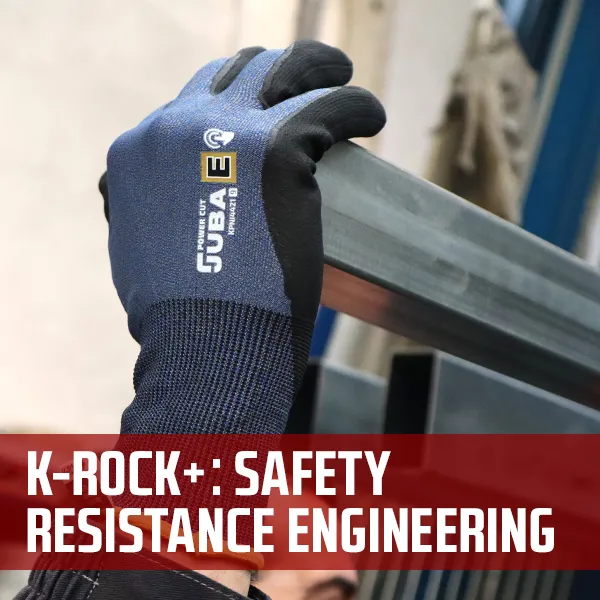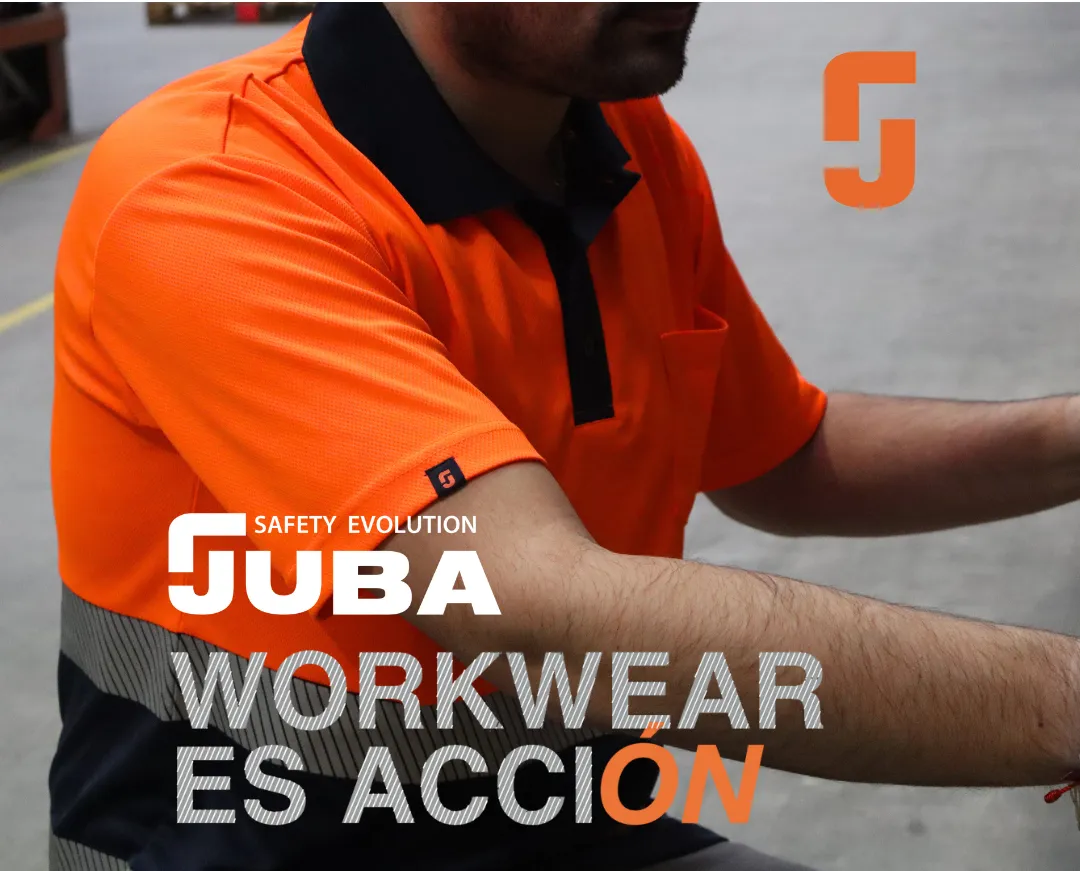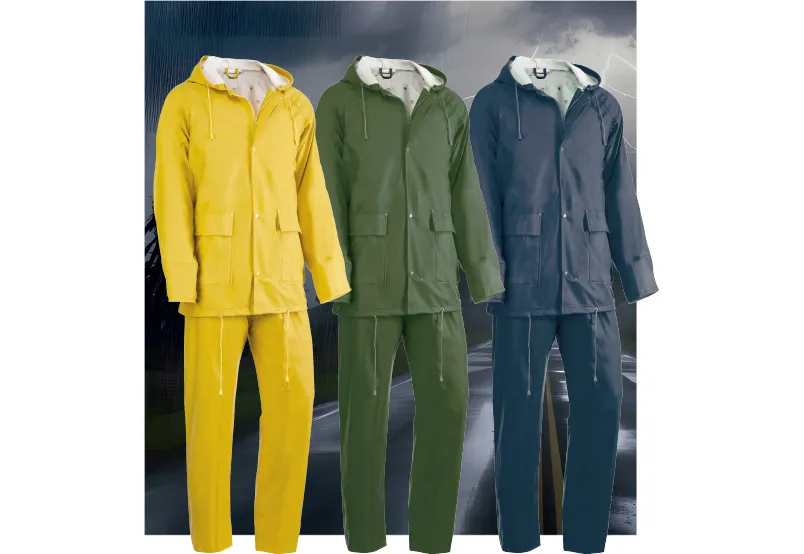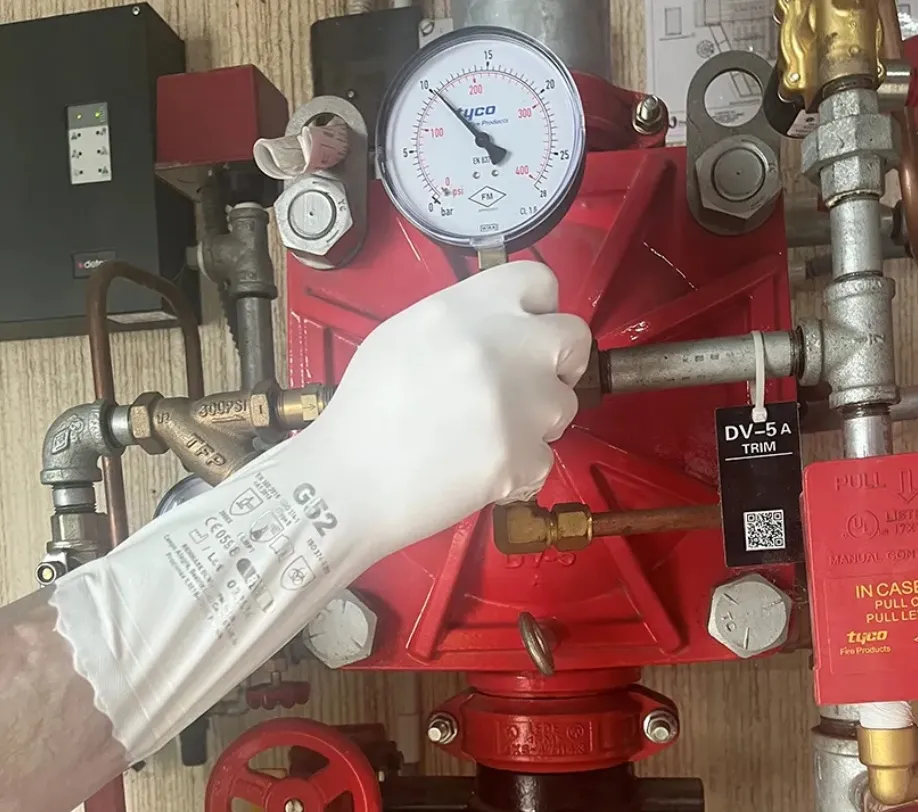Actualidad
Is work clothing considered PPE?

The acronym PPE stands for ‘Personal Protective Equipment’ and refers to clothing worn by a professional to protect themselves for visibility, heat/cold protection or, for example, protection against welding sparks.
However, workwear should not always be considered as PPE, as there are situations where many garments do not meet the specific guidelines for PPE.
PPE workwear is governed by specific regulations for use in each situation.
In general, in any sector or professional activity it is very important to know the associated regulations. However, some sectors require additional precision, especially when workers' safety is at risk.
What is PPE at work?
Occupational PPE is equipment that must be worn by workers to protect them against one or more risks that may pose a threat to their safety or health.
Any complement or accessory that is used for the same purpose in the work environment also falls into the category of PPE.
In many countries, the mandatory use of PPE is laid down in national occupational health and safety legislation. In addition, international organisations, such as the European Agency for Safety and Health at Work (OSHA) in the United States, issue guidelines that influence national regulations.
When is workwear PPE?
The regulations establish when workwear is considered PPE and also the safety characteristics it must meet.
But before knowing when it is PPE, it is also important to identify when it is not:
- The simplest work clothes and those uniforms that are not intended to protect health or physical integrity.
- The equipment of rescue and rescue services.
- Protective equipment for military, police, law enforcement and road transport personnel.
- Any sports equipment for self-defence or deterrence.
- Portable devices used to detect and signal risks.
In addition to differentiating PPE workwear from other types of clothing, there is also a classification of PPE according to the seriousness of the risks from which it protects the worker:
- Category I PPE: protection against minor risks.
- Category II PPE: protection against serious hazards, not included in category I or III.
- Category III PPE: protection against major hazards that may represent a mortal danger or very harmful damage to health.
Finally, in PPE clothing, it is necessary to identify those specific risks for which each garment has to be prepared, so the variety available is very extensive, knowing the importance of PPE will help to understand why they are necessary for the prevention of occupational hazards in each workplace.
Just focusing on chemicals that may be hazardous, we have the following categories and subcategories of protection that make specific PPE advisable:
- Exposure to hazardous gases and vapours.ç
- Exposure to chemicals in liquid form.
- In the form of a pressurised jet.
- In the form of liquid spray.
- In the form of splashes.
- Exposure to hazardous particles or fibres.
- Exposure to radioactive particles.
- Exposure to biological agents.
- Exposure to electrostatic charges.
- Exposure to limited flame spread.
Juba has a wide selection of disposable coveralls that help protect by creating a barrier to prevent any harmful agents from penetrating. Advice from technical professionals on how to select the most suitable PPE for each work environment.
Differences between PPE and workwear
In conclusion, PPE and workwear do not refer to the same term. Specifically, there are two key differences between them:
- PPE workwear is associated with very specific protection regulations depending on the risk to which the worker is exposed. Workwear does not have to follow any specific standards, it can only be guided by the company's image policies.
- The main function of PPE is to protect workers from certain hazards. On the other hand, workwear is mainly used to create homogeneity among professionals in the same company, to make it easier for clients to recognise them or for corporate image.




